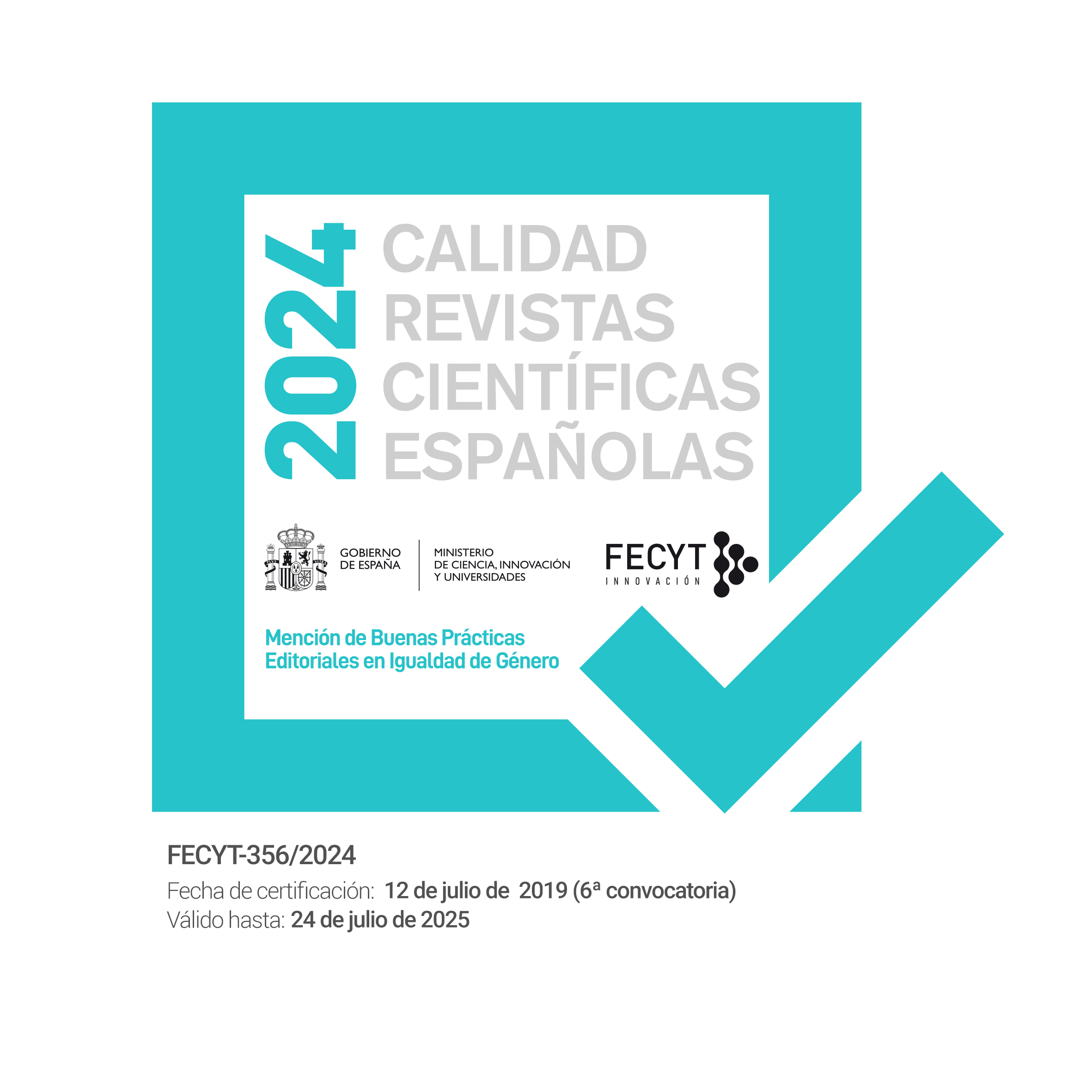How to write a good introduction
After hundreds of articles received at Gestión y Análisis de Políticas Públicas journal, our experience tells us that the introduction is perhaps the most complex heading to write in an article. However, it is a very important part of the article:
- There is an international consensus on the content of the introduction to articles published in academic journals.
- The introduction produces a first impression that will make the reviewer and the reader continue reading or not.
- It is complex because it should contain an overview of all the work that follows.
- It is the part of the article that Gestión y Análisis de Políticas Públicas editors and reviewers always have to comment on.
The introduction should take up 10% of your entire article, about 800 words, is finalised at the end and should contain:
1. Use 50 words to say what topic you are studying and its general importance
- Example 1. Ideas are important because they determine the public policy choices governments make. Many ideas that have not been successful and have even had negative impacts continue to be used by public decision-makers. Other good ideas are never adopted - why?
- Example 2. An algorithm widely used by US courts was biased against black defendants; natural language processing (NLP) algorithms show gender bias; facial recognition algorithms have much higher error rates for minorities, resulting in false arrests; algorithms used in university admissions to predict test scores have shown serious flaws.
2. Say in 75 words what is the paradox, gap or poorly solved puzzle so far, in which you are going to put a piece.
- Example 1. Despite increased scholarly interest in populism, we still know little about the individual factors that explain voting for populist parties.
- Example 2. COVID-19 has revived interest in how to incorporate science and evidence into public policy. However, the vast majority of work on the subject does not take into account the political nature of decision-making and how it hinders the use of evidence.
3. Include 200 words with a mini literature review explaining who holds a position and who finds some nuance to the main position
- Example 1. Some academic analyses seem to confirm the impression of most citizens that the imperatives of fiscal consolidation have made politics secondary to economics (Fulanito, 2016). However, other recent analyses find that countries governed by conservatives have taken very different measures from those governed by social democrats (Tatanita 2019).
- Example 2. The scarcity of public policy evaluations in Spain has been attributed to a lack of "evaluation culture" (Perenganito, 2020). However, the truth is that there has been no systematic study of the evaluative culture in Spain (Menganita, 1999) and according to Zutana (2006) there are indications that this scarcity is rather due to institutional factors.
4. Convince the reader why the gap needs to be filled or why the puzzle needs to be solved (50 words)
- Example 1. If we want to better understand the phenomenon of populism we need to understand why certain individuals vote for populist parties. What do these parties offer that citizens do not find in traditional parties.
- Example 2. If we do not better understand the social determinants of obesity, which affects 17% of Spanish children, it will be impossible to design successful policies to combat it.
5. What 3 specific questions are you going to try to answer in your article (50 words)?
- Example 1. How has healthcare governance changed in recent years in Europe? To what extent have public-private partnerships become more common in hospital management? What factors explain why governments are making greater use of these formulas? To what extent is the colour of governments one of these explanatory factors?
- Example 2. Why do more men than women vote for radical right-wing populist parties (RDPs), and can attitudes towards gender and gender equality explain these differences?
6. In 50 words, state with which specific case you will try to answer these questions
- Example 1. We use panel data from three waves of the US General Social Survey (2006-2014) to study the effects of four possible individual variables on changes in social capital.
- Example 2. This paper analyses government management of the nursing home crisis in four countries representative of the four welfare state regimes during the first year of the COVID-19 pandemic.
7. Explain in 100 words why this case is relevant to answer your questions and how you are going to analyse it
- Example 1. The case of Spain is relevant because it was one of the European countries that suffered the effects of COVID-19 first. Spain is also a highly decentralised country. In particular, in the case of health..... In contrast, the French case is a unitary state and its health system... Both are European countries, which helps to keep certain variables in check...
- Example 2. To analyse the evaluation culture, we will first define the concept and then prepare an online questionnaire to be distributed to all the deputy directors general of the National Government and the Autonomous Regions.
8. Feed the reader's curiosity, in 50 words reveal part of your conclusions, but not all of them
- Example 1. As predicted by our hypotheses, household income partly explains the incidence of childhood obesity, but there are other factors linked to children's habitat that are of similar or even greater importance.
- Example 2. The results show that perceptions of police performance, trust and fairness increase among black citizens when the police force is predominantly composed of black officers. However, for white citizens, the effect of higher black representation in the police force is largely negative.
9. Say 100 words about how what you have found contributes to what is already known scientifically (and add a sentence to let society know why your work is important as well)
- Example 1. Our article has introduced new variables that have been scarcely studied in the literature on political behaviour. Moreover, it has added evidence on a hitherto understudied case. The article's findings also contribute to a better understanding of the phenomenon of populism in contemporary democracies.
- Example 2. In recent years a large body of research on the theory of representative bureaucracy has examined the implications of how bureaucratic institutions socially or demographically reflect the communities they serve. Our findings suggest that the symbolic representativeness of the police causally influences how citizens view and judge law enforcement agencies.
10. What is the overview of the rest of the article? 50 words
- Example. The article is organised into five other sections. The next section reviews previous scientific literature that has analysed this issue and the conclusions reached. It then proposes its own analytical framework and sets out the hypotheses. The fourth section presents the case and methodology. The fifth section presents the main results of the analysis of the case. In the conclusions section, we discuss the implications of our findings for previous literature and propose new avenues for further work.
Also, remember that the most important thing is to get to the point and not to get lost in disquisitions. Always use concise sentences and strong verbs. Invest time in making an excellent and convincing introduction.











